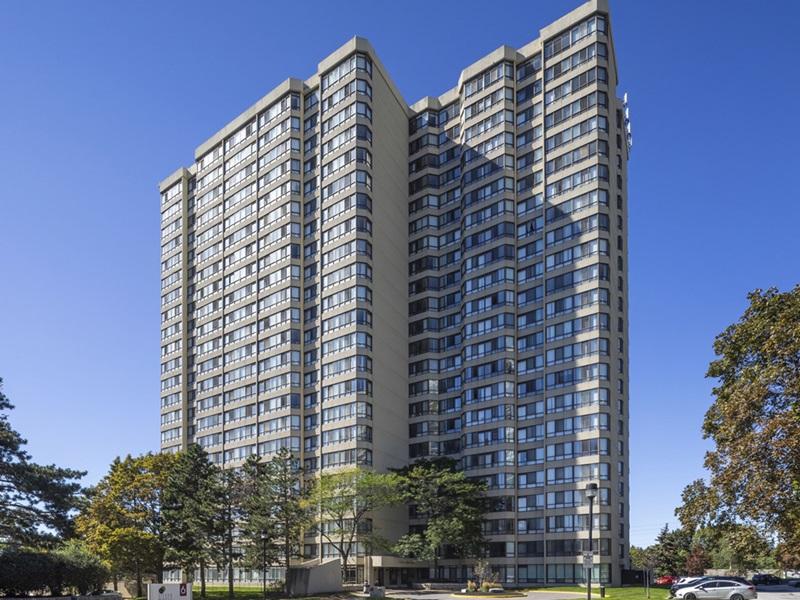Back in October, I posed a contrary view to a report from the International Monetary Fund that contended the way to provide more affordable housing in Canada is to simply build more homes.
I argued the impact of supply and demand on the price of real estate makes it unlikely such a simple solution can really serve the needs of those who struggle to afford basic housing.
Nor does it provide much incentive, or return, to those who must foot the bill to build it.
Prosperity breeds hardship
The more economic opportunity there is in an urban centre, the more demand there will be for housing from those who come seeking work.
The better-paying those jobs are, the more inflationary pressures will serve to drive up the cost of housing and all the other necessities of living.
Those of more limited means will still get left out – often relegated to sub-standard housing or living so far from their places of employment that their commute has a substantial impact on quality of life.
On the flipside, communities with a low cost of housing often lack for economic opportunity.
Those of limited means get the short end of the stick, either way.
In that article, I also explored how the cost of maintenance is the biggest challenge for any affordable housing plan.
It’s the big-ticket repairs that need to be done every 10, 20 or 30 years that are the real killers. However, it’s just not politically sexy to budget for such long-term maintenance.
In response to that column, a reader asked me recently if a co-op housing model might possibly be the solution. In response, I drew on my own company’s experience with the management of condominiums and rental properties.
A long-term care plan
The starting point, for either a co-op or any other type of residential property, is to have a plan to keep the building in good condition and extend its useful life.
In terms of building maintenance, the type of work should be planned based on short-life and long-life components.
Long-life items would include the basic structure, major building components such as electrical, plumbing and heating, windows and roofing. Shorter-life items are everything else.
Maintaining the short-life components properly will tend to lengthen the service life of those longer-life items.
In my opinion, if you are paying for outside labour, to keep your building in good and sustainable condition you would want to budget almost two per cent of the total replacement cost new for the building – every year – to cover the annual average cost of maintenance (plus inflation).
In response to my reader, if you can create a co-op membership that can reliably help out on maintenance you should be able to reduce this.
An important thing is to make sure any legislated needs for a reserve fund for maintenance are understood and planned for, as there will be years when expenses will be well above the average.
Curbing labour costs
Labour is the single largest part of maintenance costs. In a co-op situation what would be the most ideal situation is to trust these maintenance programs to members of the co-op who have the skills to properly undertake and lead them.
This does of course create challenges that must be addressed. The biggest ones would be:
- Liability insurance to protect the people doing the maintenance;
- Recognizing that people for the most part are good and will help out, but they need clear leadership. You would want to have leaders in a co-op who have both building skills and the ability to motivate and lead the rest of the group;
- Managing that very small percentage of people who will neither lead nor help out, but are skilled at making life difficult for others.
As I have said before, there is no easy answer to Canada’s affordable housing challenge.
Few municipalities have the resources or political will to put sufficient money on the issue, nor is money alone necessarily the answer.
New ideas for affordable housing
I did recently read in my local Ottawa Business Journal about the approach being taken by The Ottawa Mission. The Mission has acquired two multi-unit residential properties.
In these properties, some rental units are offered at market rates and others at below-market rates, to strike that balance between affordability and bringing in enough rental revenue to cover the cost of adequate maintenance. Let’s see how this works out.
Where there is a will, there may be a way.
To discuss this or any valuation topic in the context of your property, please contact me at jclark@regionalgroup.com. I am always interested in your feedback and suggestions for future articles.







